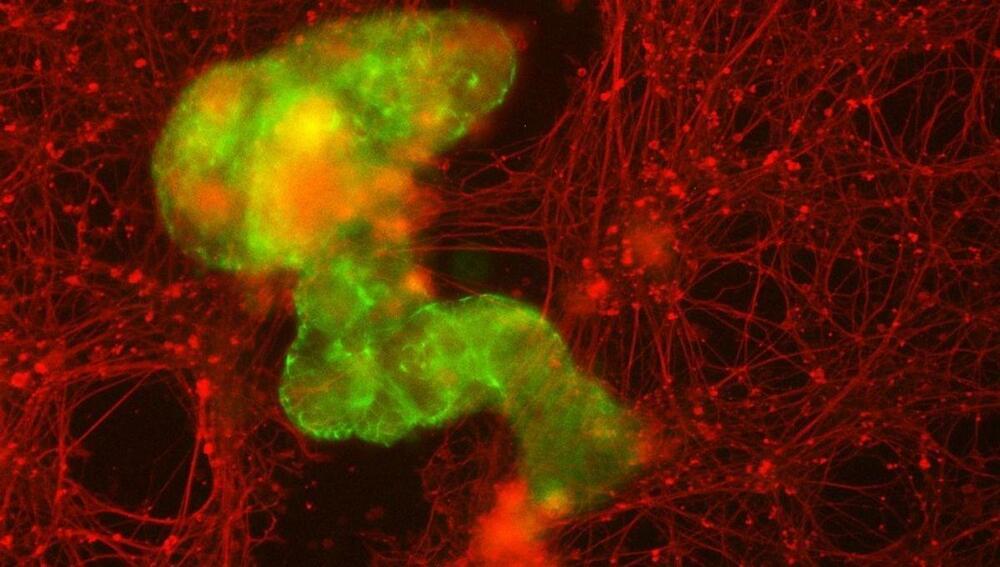Dec 3, 2023
I talked to 263 of the world’s longest-living people—their 9 ‘non-negotiables’ for a long, happy life
Posted by Paul Battista in category: life extension
Dan Buettner has spent 20 years traveling the world and studying the longest-living people. Based on his interviews and research, people who live to 100 or longer follow these non-negotiable rules.

















